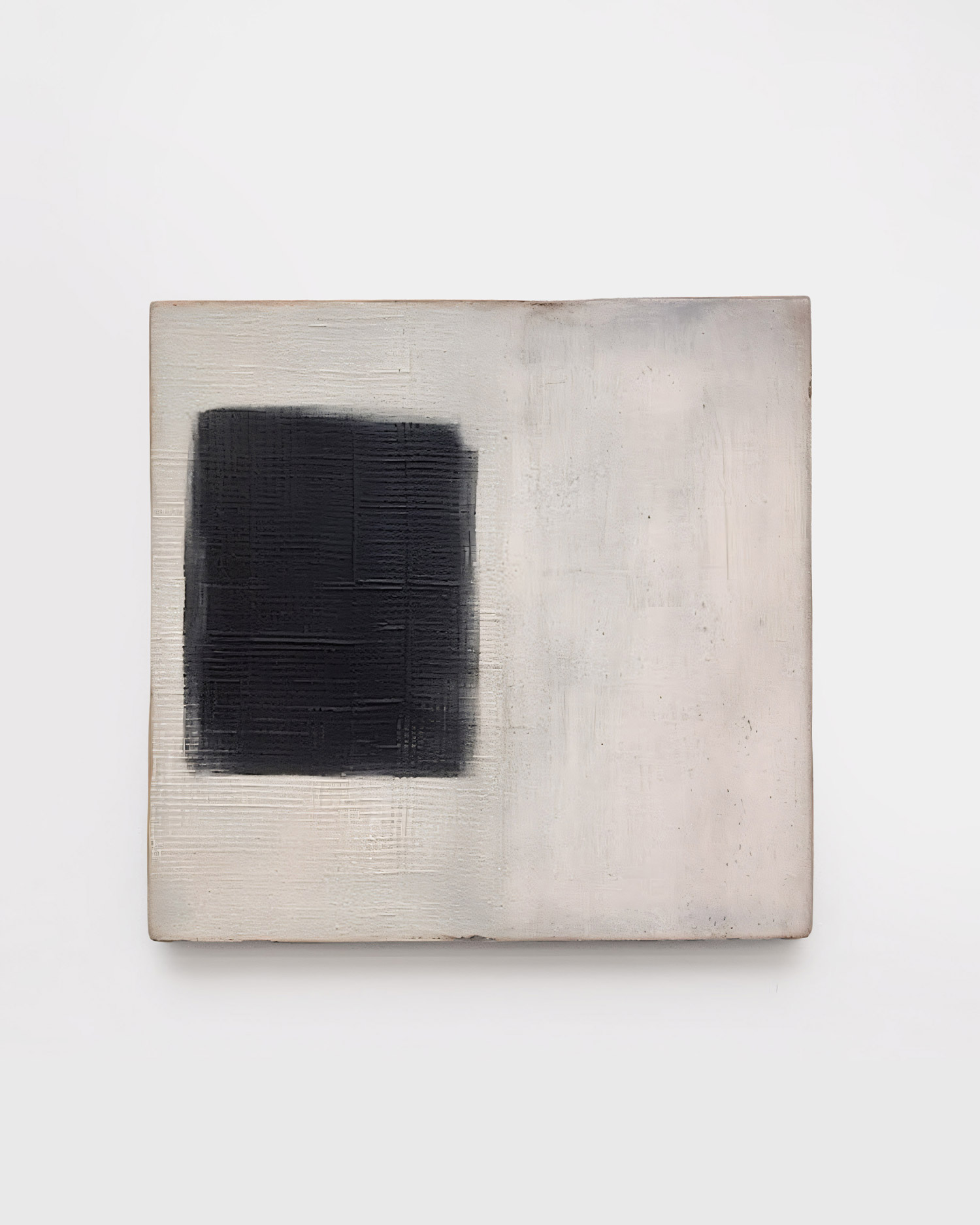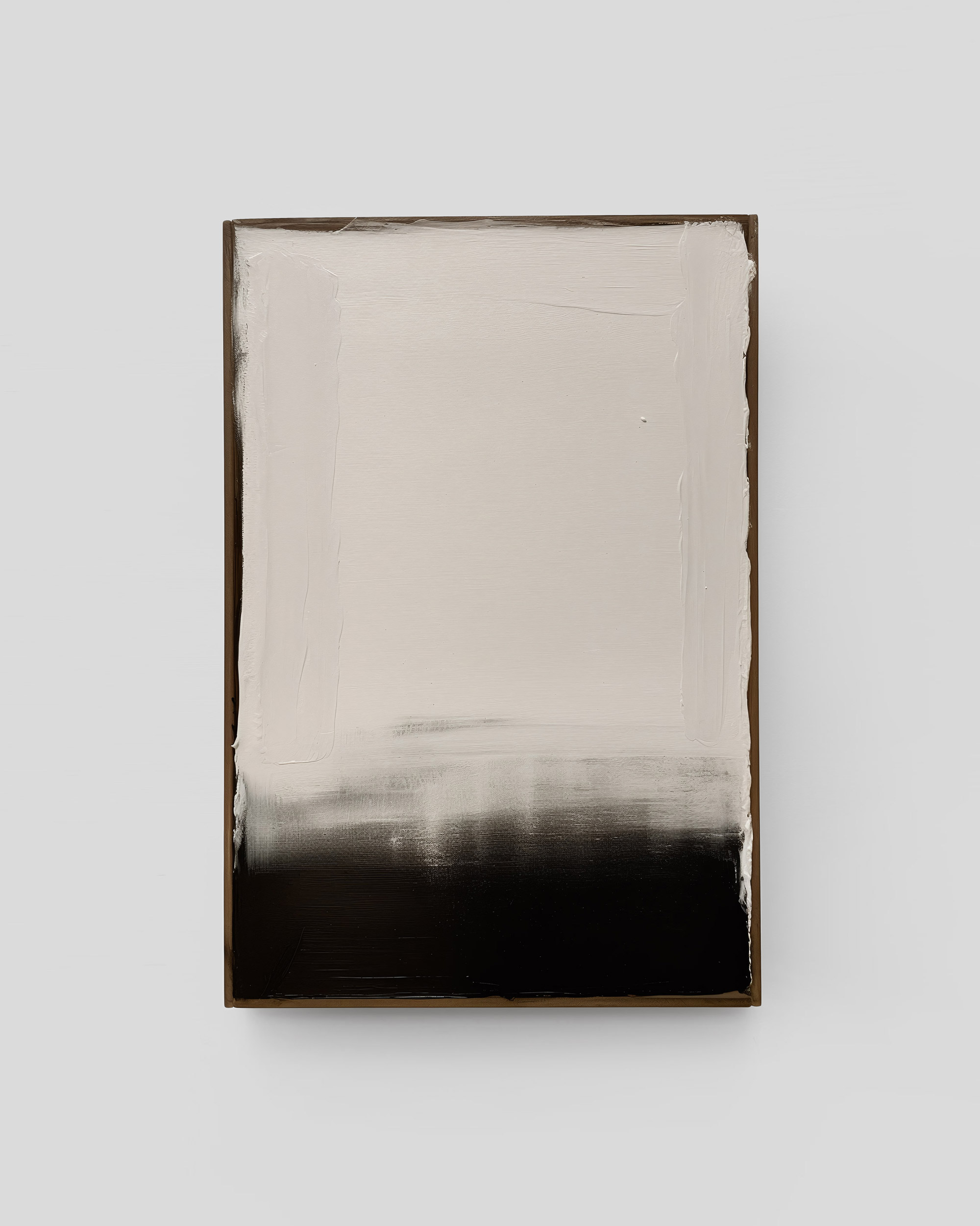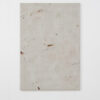When it comes to abstract minimalist art, I enjoy watching the reactions of viewers. I often see puzzled faces and fuming heads, all dealing with one elementary question: “What was the artist trying to tell us?”
But why do we actually search for a deeper meaning behind art? Where does this curiosity come from? Would it make a work of art more beautiful or more ugly? Why do we find it so difficult to accept something that has no directly discernible meaning, such as non-objective art? And should we perhaps even stop looking for a meaning? These are the questions I would like to explore in today’s column. It is meant to serve as an extension of my thought experiment from last year. This time, I want to delve deeper into the crucial value of letting go and looking at art with an open mind.
For many centuries, the goal of artists was to reproduce reality as they saw it. Landscapes, people, and biblical depictions were popular motifs. The question of the meaning of a work did not arise for the viewer. But since the emergence of Abstract Art at the beginning of the 20th century, these traditional representations were dissolved. Pioneers of Abstract Art, such as Wassily Kandinsky, Piet Mondrian, or Kazimir Malevich, wanted to free themselves from the figurative depiction of real objects and scenes in order to tap into purely aesthetic experiences and feelings.
This changed the art world permanently by shifting the focus purely to the effect of colors, lines, and surfaces. It showed us that there were no fixed rules determining what a work of art should look like or what it should represent. From now on, it didn’t have to have a discernible meaning or serve a specific purpose.


This non-intentional philosophy, which is often used in abstract minimalist art, challenges the viewer to look at the artwork in a different way. Ad Reinhardt, Frank Stella, and Agnes Martin, for example, were among the most prominent artists to use this approach. Similarly, Mark Rothko, an important representative of Abstract Expressionism, focused on large-scale color fields that evoke immediate emotional responses in the viewer. Yves Klein also questioned the traditional sense of viewing art: Klein’s monochrome works, often in his signature “International Klein Blue,” ask the viewer to engage with the color and materiality of the artwork rather than searching for a clear meaning or symbolism.
Yet despite this freedom in artistic expression, many still search for meaning and significance in these works. The search for meaning is a central element of our human nature. Our brain is programmed to recognize patterns and connections in order to form a structured and comprehensible world out of the diverse sensory impressions that flow into us.1 Therefore, it is understandable that one would want to find a meaning or intention of the artist behind an abstract work of art as well.
Today, we’re encouraged to believe that we should have a verbal interpretation for what we view as art – when in fact the words are an intrusion on the experience.
Ken Danby (1940 – 2007), Canadian Painter
Letting go as an elementary part of the art experience
But does that make sense with non-objective art? Because in its abstraction and reduction of colors, shapes, and lines, it asks us to break away from our established patterns and instead engage in a different kind of perception.
So, what would happen if we let go of the search for meaning? What if we came to terms with the fact that there are works of art that simply have no obvious meaning? How would it change our perception? How would it change the value of art?
By detaching ourselves from the need for a message or meaning, we can have an extraordinary experience: We encounter art as an open space that gives us freedom for our own thoughts and sensations. It offers us the opportunity to enter a dialogue with the work – a dialogue that is as diverse as it is personal, and shaped by the experience and openness of the viewer.
So perhaps we should free ourselves from the urge to always want to recognize a message or specific meaning in works of art. Instead, we could learn to enjoy art simply as a visual experience without interpretation or narrative – one that invites us to find our own meaning and significance in what we see and feel. Perhaps we should replace the question, “What was the artist actually trying to tell us?” with, “What is my reaction to the artwork trying to tell me?”
It could be worth it.
Further Reading
1 https://www.frontiersin.org/articles/10.3389/fnhum.2014.00085/full
https://iep.utm.edu/art-and-interpretation/
About Exploring Aesthetics:
Sarah loves asking questions and exploring the things she engages with on a daily basis. Exploring aesthetics is her column which discusses art, design, and aesthetics to explore, inspire, and question the status quo.


